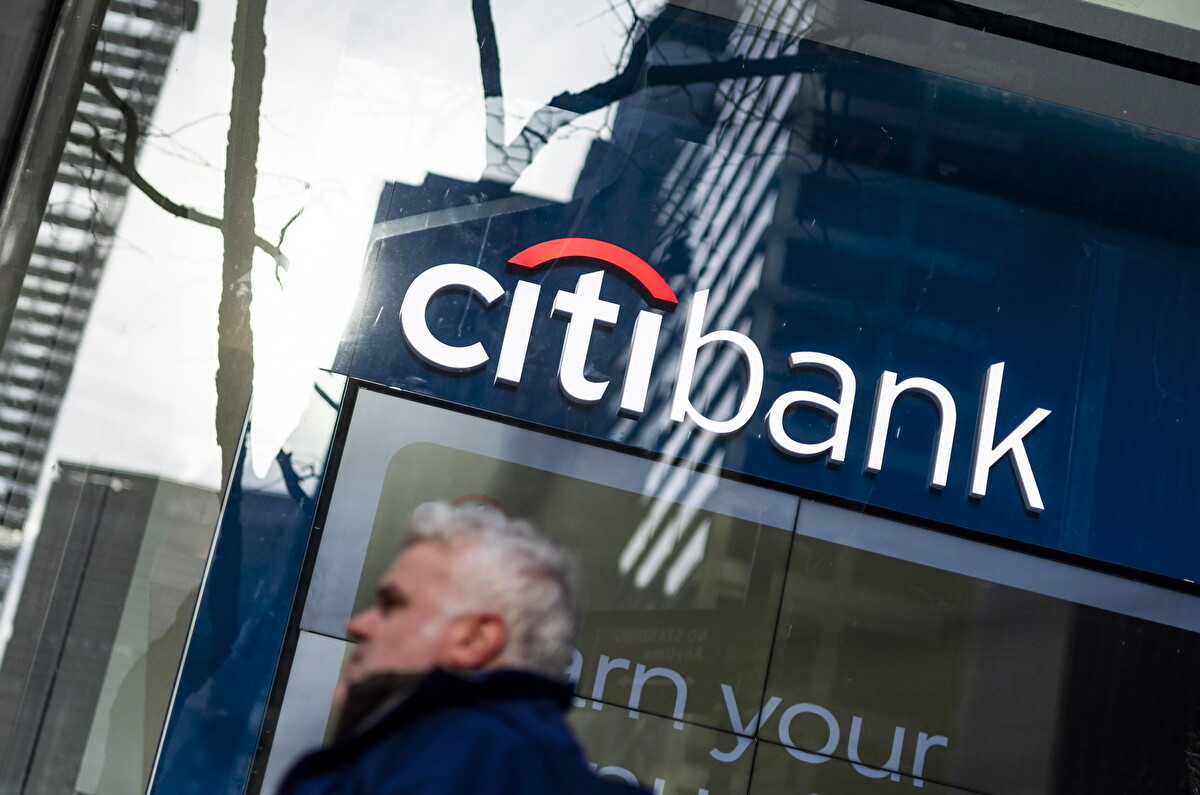On Monday, approximately 50 Boston-area high school students blocked Massachusetts Avenue in front of MIT for at least four hours as part of a pro-Palestine protest. They were calling on MIT to divest from Israel. High school students across the country have made efforts to demonstrate since the arrests at Columbia University, staging sit-ins or walkouts.
New York City Public Schools Chancellor David Banks, when questioned by Rep. Elise Stepanek, responded that the walkouts, which have mostly happened at the high school level, are “very troubling” but there are no stipulations in the code of conduct that prevent a student from walking out.
The high schoolers are demanding a ceasefire in Gaza and an end to U.S. aid to Israel. This wave of activism, born out of the digital age, reflects a heightened sense of urgency. Social media amplifies their voices, enabling young people to witness the lived realities of Palestinians in Gaza firsthand, fueling a more palpable anger towards ongoing violence and perceived government inaction.
The escalating conflict in Gaza has sparked unprecedented levels of activism among young Americans, particularly students. Traditionally, anti-war and civil rights protests have involved college students, today they are spreading more widely among high schoolers.
For many, this impassioned political consciousness among the youth is directly reminiscent of the protests against the Vietnam War nearly sixty years ago; but there are elements that significantly distinguish one from the other.
Today’s digital connectedness contrasts sharply with the limited media and information channels available to Vietnam War-era protesters. However, like their predecessors in the 1960s and 70s, today’s youth are emboldened by the power of grassroots activism. Columbia University students explicitly reference the 1968 protests as a guiding “North Star,” drawing tactical inspiration from historical movements to occupy campus buildings and organize sit-ins.
Yet, despite these echoes, differences remain. Robert Cohen, a historian at NYU, notes that the current campus activism lacks the widespread violence and sheer scale seen during the Vietnam protests. The 1970 bombing at the University of Wisconsin, which killed a researcher, stands in stark contrast to today’s largely peaceful protests. However, recent crackdowns, such as the police officer discharging his firearm at Columbia’s Hamilton Hall, hint at a simmering tension.
In addition to historical parallels, the current movement has been shaped by technology and Gen Z’s disillusionment with traditional political channels. Social media platforms like TikTok, Instagram, and Twitter provide immediate, global access to protest movements, often bypassing traditional media outlets. This access to unfiltered information has nurtured a politically conscious generation that is increasingly skeptical of government institutions, often opting for grassroots activism over formal politics.
These digital spaces enable rapid organization, empowering even high school students who lack the right to vote to participate meaningfully. “At the end of the day, systemic changes need to be made, and it’s hard for high schoolers to do that,” said Hala Elamine, 17, who has been involved in pro-Palestinian activism at her D.C.-area school that led to a lawsuit.
“But I think it’s really important that we’re doing what we can even though we’re younger,” she adds.
Their frustration with systemic issues parallels that of Vietnam War-era activists who felt disillusioned by government actions. But instead of mass rallies, the digital sphere facilitates new forms of engagement, enabling Gen Z to reach broader audiences and mobilize support in ways previously unimaginable.
While today’s movements draw inspiration from past activism, divisions persist. Some believe modern protests often lack the civility of earlier movements; while hyper-partisanship might muddy the waters of discourse, it’s crucial to remember the violence that poisoned protests of the past. Despite these challenges, campus activists remain committed, learning from the shortcomings of past divestment movements and focusing on specific, actionable demands.
The Gaza conflict has catalyzed a politically aware and active generation of Americans, with their activism echoing and adapting historical movements like the Vietnam War protests. Yet, despite modern complexities and new technologies, the core struggle remains the same: young people demanding a better future. Their tenacity reflects a continuation of a long legacy of student activism, even as they forge their unique path in the digital age.












